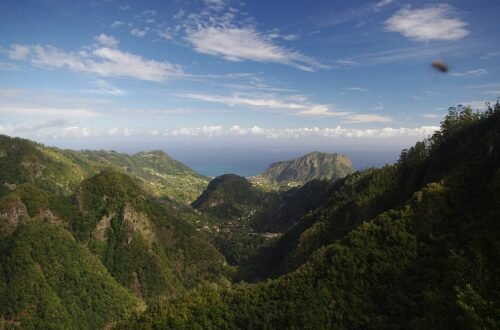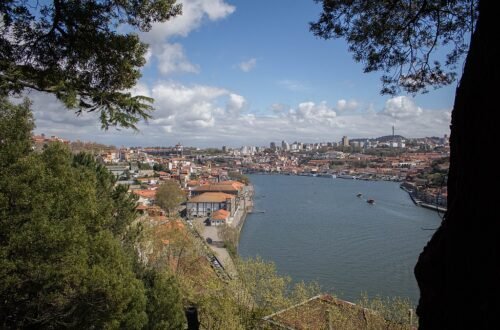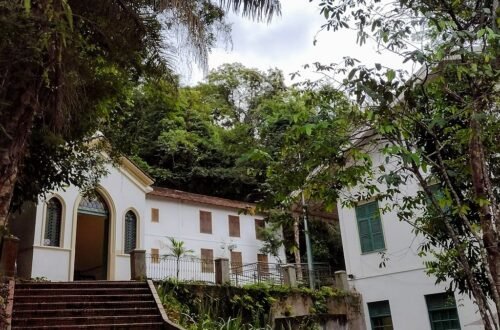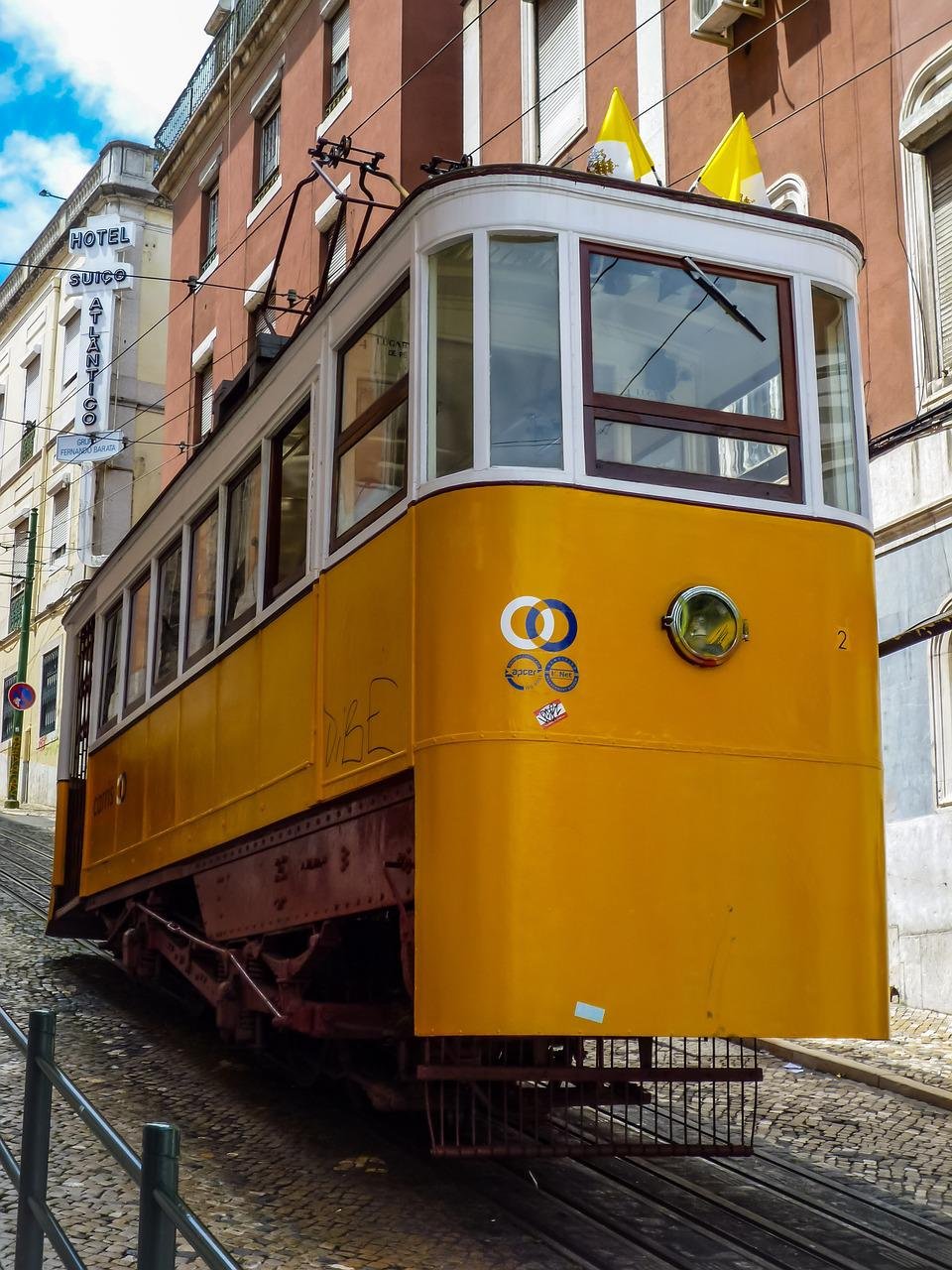
15 Things to Visit in Lisbon (Portugal)
Lisbon is a city that is supposedly rivaling London as a modern metropolis and is teeming with tourist attractions. There is a wealth of history in this place, including tales of Roman imperialists, exotic Berber pirates, Moorish builders, and fearsome Reconquista knights, all encapsulated in majestic palaces and heritage areas. However, there is also a bohemian vibe there, as well as a sense of novelty. Get the Lisbon Card for savings, unrestricted access to public transportation, and free admission to museums. You won’t need to travel far to find nightlife because the Bairro Alto neighbourhood is home to a variety of Fado bars and chic coffee shops. Then perhaps you can visit the Berardo Collection Museum to view the most recent digital installation art or visit the Lisbon Aquarium to get up close and personal with a scowling shark. Meanwhile, the mysticism of much-vaunted Sintra hides in the nearby hills, while endless stretches of pristine beachfront abound in the peninsulas around the Tagus Estuary and the Atlantic Coast. Let’s examine the top activities in Lisbon:
- Get a taste of the East in Museu do Oriente
- People watch on the Rossio
- Enjoy the modern Berardo Collection Museum
- Trace glorious history in the Monastery of Jerónimos
- Go underwater in the Lisbon Oceanarium
- Make a trip to Sintra
- Enjoy the azulejos in the National Tile Museum
- Ride Tram 28
- Conquer the bulwarks of St George’s Castle
- Enjoy the Mercado da Ribeira
- Eat and drink in the Bairro Alto
- Get lost in the Alfama District
- Wonder at the masterworks of the National Museum of Ancient Art
- Wonder at the Torre de Belém
- Hop aboard the funiculars
Get a taste of the East in Museu do Oriente
.jpg)
To understand how far Portugal’s vast Renaissance Empire spread, one simply needs to travel to locations like Sri Lanka and Goa. The expansive Museu do Oriente in Lisbon is devoted to these remote eastern regions of the world. It is located in a massive former fish processing plant that now has modern exhibition spaces. The tour focuses on all things Asian, including tales of Chinese customs and sea travel through the South China Sea.
People watch on the Rossio
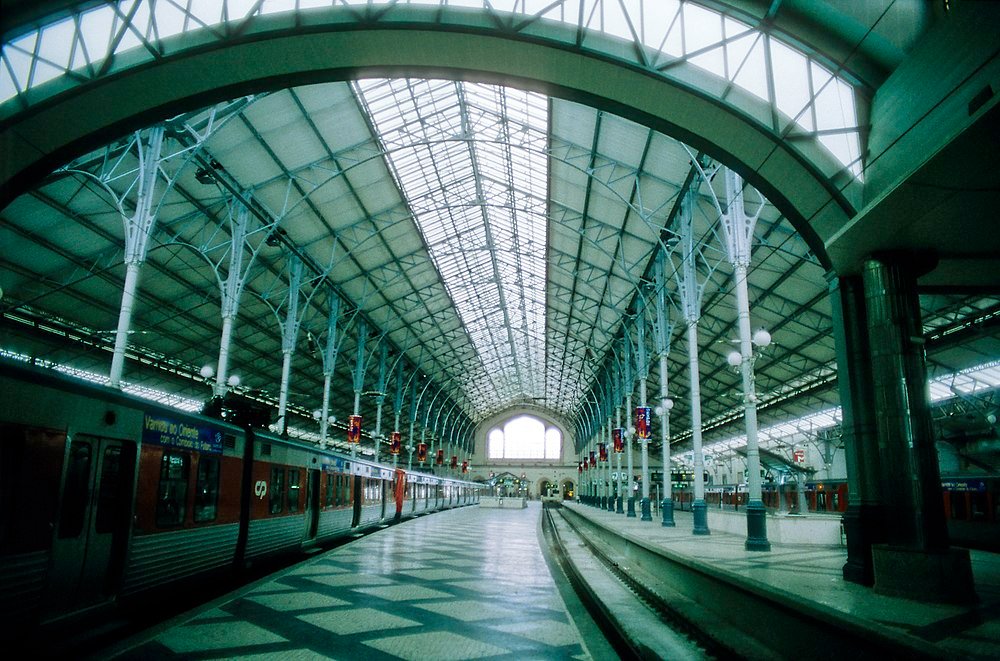
Local life in Lisbon takes place daily in the square with the numerous plane trees known as Rossio. The centre of Pombaline Lower Town, which is stretched out along broad boulevards between the Tagus and Baixa rivers, is officially known as Pedro IV Square. The site of the plaza itself has been famous since the medieval age when public beheadings and bullfighting showdowns were held on its cobbles. It’s a great place to stroll and observe people right now. You may unwind on the shady benches, observe neighbourhood residents playing dominoes in the park, and take in the intricate Baroque fountains bubbling in the sunshine. Related excursion Rossio, Chiado, and Alfama Walking Tour: The Best of Lisbon
Enjoy the modern Berardo Collection Museum
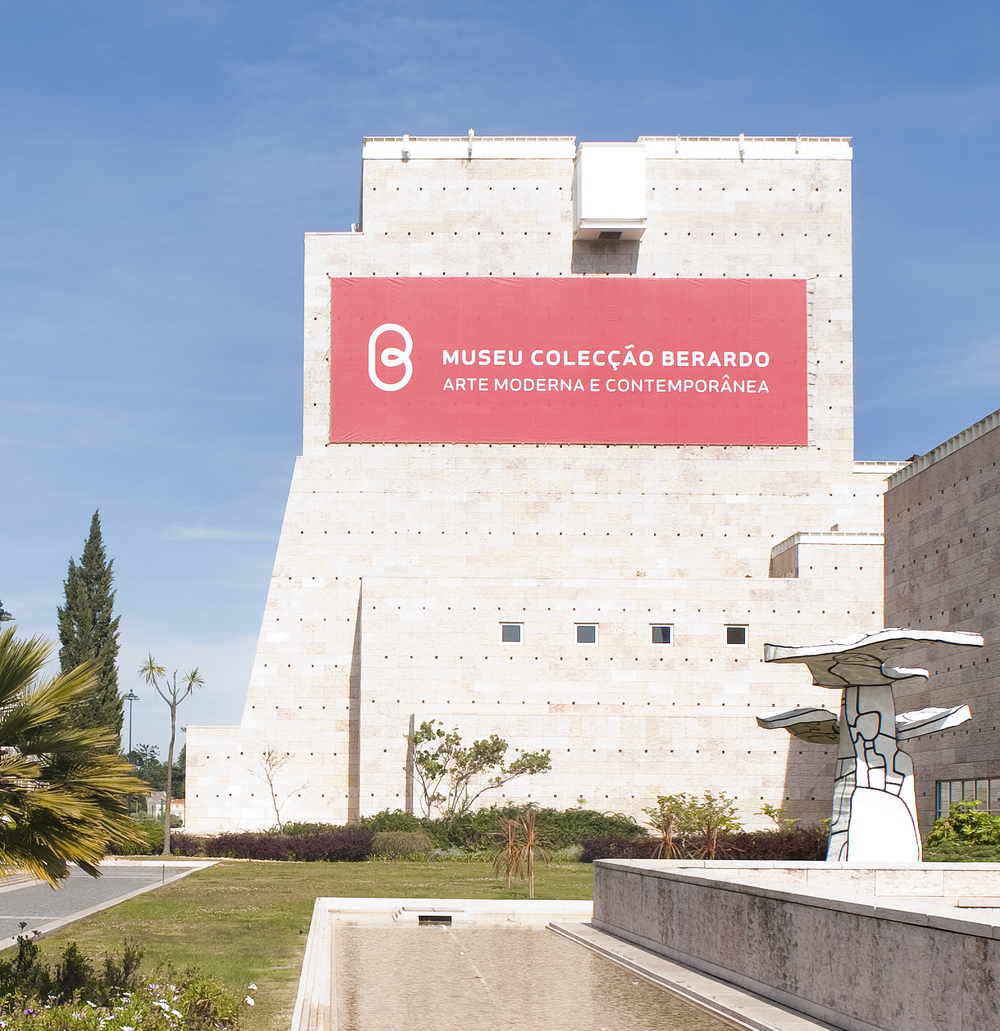
The renowned Berardo Collection Museum brings up the more contemporary side of Lisbon’s already impressive assortment of top-notch museums and exhibition halls. More than 2.5 million people visit this enormous institution each year. They arrive in awe of the eclectic assortment of works, which span from abstract expressionism to digital art installations, neo-realism, and photography. Since curators are committed to keeping the collections’ cutting-edge components, there are frequently touring collections that will be on exhibit, including examples of European cubism and French avant-garde art.
Trace glorious history in the Monastery of Jerónimos
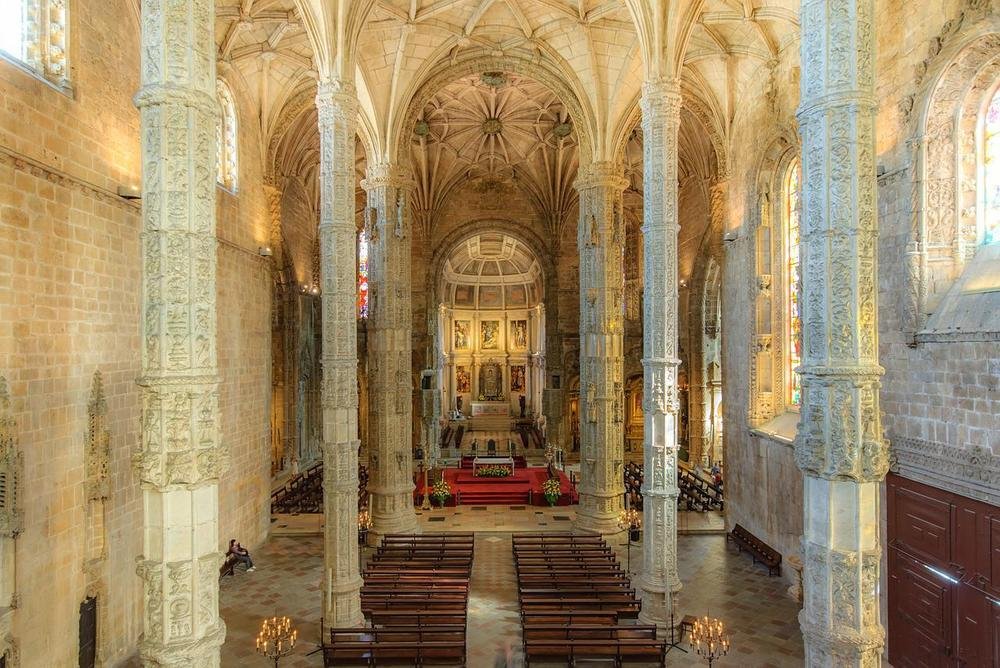
The huge Monastery of Jerónimos, located not far from the banks of the Tagus River, has elaborate spires and grand carvings, and a quick glance at them should reveal its purpose. It was constructed to commemorate “The Age of Exploration,” which was Portugal’s most magnificent era. The structure was erected using funds obtained through Portugal’s foreign trade in cloves, cumin, and exotic spices. The Manueline style, a synthesis of architectural styles, is a testament to the civilizations Lisbon’s explorers encountered. It is a further UNESCO World Heritage Site for the city.
Go underwater in the Lisbon Oceanarium

The enormous Lisbon Oceanarium, which is situated in the clear waters of the Tagus Estuary, rises like a massive aircraft carrier. Numerous marine life exhibits are housed inside the building, which welcomes over a million people annually. Both colourful puffer fish and charging sharks can be seen up close. You’ll encounter friendly penguins and enquiring moray eels. The artificial boating lake in front, where you may rent a pedalo if the weather is nice, as well as beautiful collections of sea anemones and corals, are also intriguing features. Online tickets are available for the Oceanario de Lisboa.
Make a trip to Sintra
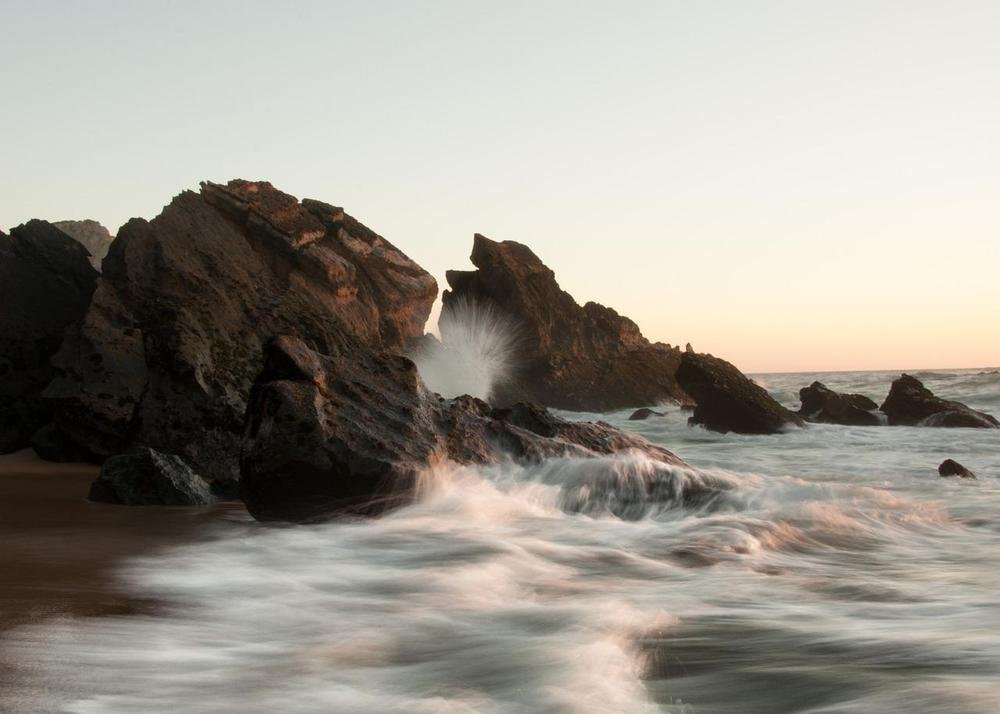
Veterans of the capital of Portugal frequently inquire, “Did you go to Sintra?” The magnificent town of Sintra continues to be one of the primary attractions despite being a completely distinct city and being located more than 30 minutes by vehicle from Lisbon. Many people take day trips, however, some people prefer to explore this UNESCO World Heritage Site for a few days. It is perched high above the fabled Mountains of the Moon and features great palaces of previous Portuguese kings and queens, elegant baroque churches, and colourful homes.
Enjoy the azulejos in the National Tile Museum
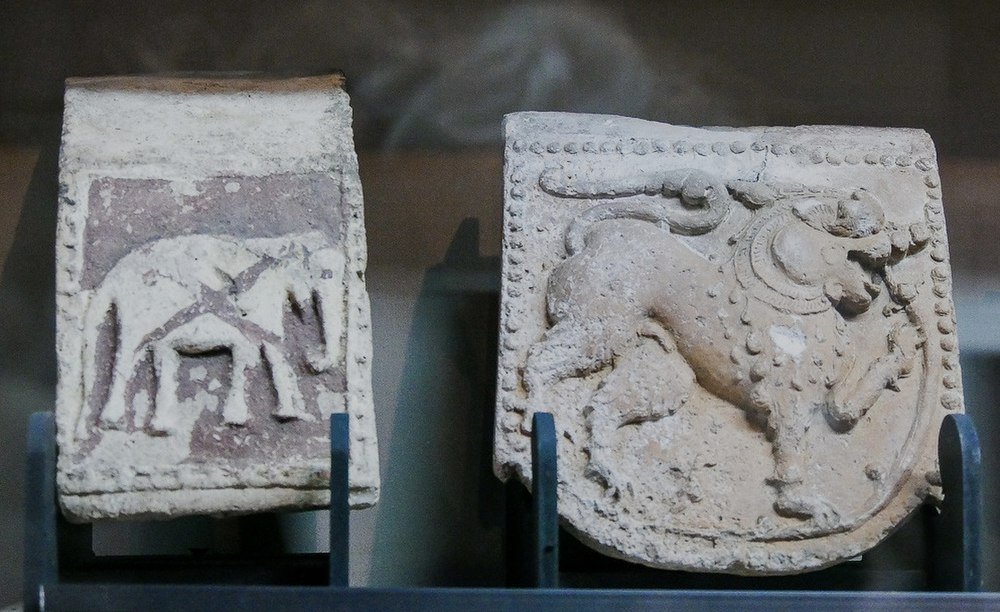
Any expert in ceramics would tell you that Portugal is the best spot to buy tiles. Bring on Lisbon’s magnificent National Tile Museum, which is devoted to everything kiln-fired. The organization examines the crucial development of tile production and related technologies from the time the Moors introduced them to Iberia. Of course, the blue-hued azulejos are the greatest aspect of all the displays. The nation’s reputation for ceramic workmanship was established by these well-known ceramic works of art. You’ll get to see a wide variety of shapes, sizes, and designs while learning about how the fascinating motifs that grace their cobalt surfaces were created.
Ride Tram 28
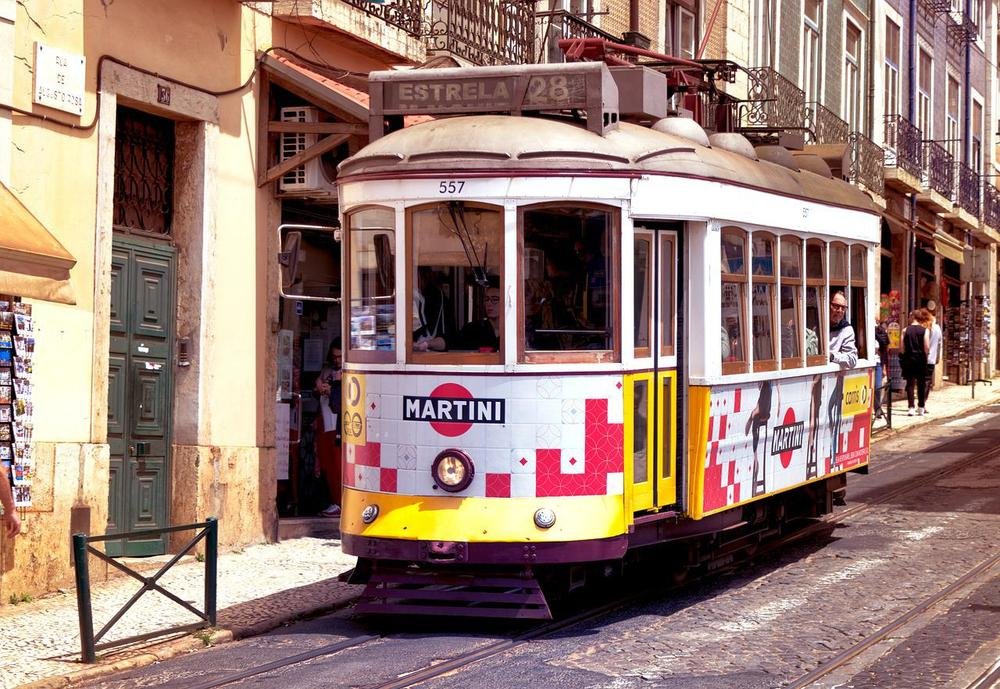
Lisbon is a city known for its old, creaky tram lines, much like San Francisco in the United States. None are more recognizable than Tram 28, which has been climbing the narrow, winding streets into the historic Alfama neighbourhood for decades. The journey begins beneath the palm-dotted slopes of Graça, meanders toward the little streets of Escolas Gerais, and then comes to a stop in front of the stunning domes of the Estrela Basilica. The windows provide unparalleled possibilities for people-watching, and as you pass numerous magnificent palaces and castles along the route, you’ll undoubtedly learn about decades of history. 2-Hour Historic Tram 28 Tour by Eco Tuk-Tuk is a suggested excursion.
Conquer the bulwarks of St George’s Castle
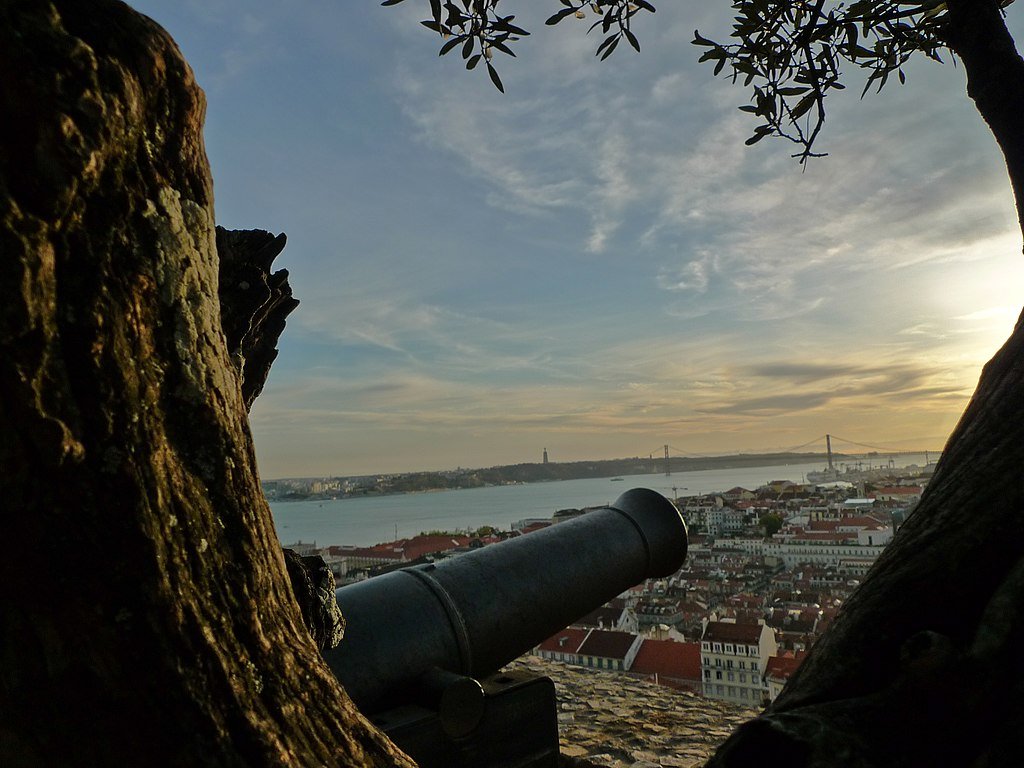
St. George’s Castle is without a doubt the historic district of Lisbon’s most recognizable feature. The massive castle was first constructed by the Romans more than 2,000 years ago, and it still stands towering and solid above the streets of the historic Alfama District. Since then, it has undergone development under several city rulers, including the Berbers and knights of the Reconquista. Today, it contains impressive crenulated towers and palisades, as well as a dry moat surrounding it and other anti-siege elements. Pass beneath the enormous gate and take note of the Portuguese royal seal, which symbolizes the power of the monarchy in this nation. Sao Jorge Castle is a quick entry. Escorted Skip-the-Line Ticket
Enjoy the Mercado da Ribeira
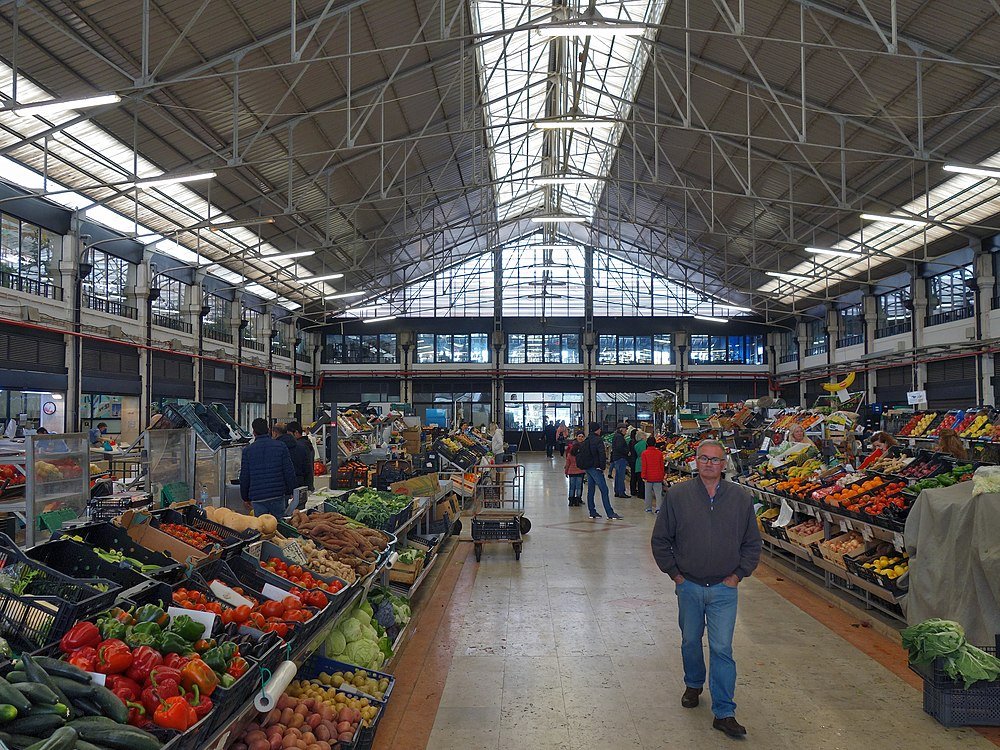
The most well-known food market in Lisbon has two separate sides. First, there is the basement area, which is packed with neighbourhood fruit and vegetable vendors selling delectable legumes and Mediterranean fruits every morning of the week. If you want to get the greatest discounts, arrive early. Then there is the upstairs area, which is teeming with more contemporary, frequently eccentric food vendors and cutting-edge restaurants. You can sample the regional delicacy of custard tarts there, savour great Portuguese wines, and even try to conquer a colossal francesinha sandwich, one of the delicacies to come out of Porto in the north. Local Market, Food, and Culture Walking Tour is a tour that is offered.
Eat and drink in the Bairro Alto
.jpg)
The Bairro Alto is not just Lisbon’s most popular tourist area, filled with outdoor cafes and international eateries, but it is also the centre of the city’s nightlife. The establishments usually don’t get going until later in the day, but when they do, it’s all about the traditional pastelaria pastries and the hipster bars. If you want to spend a night filled with artistic fervour, there are a few classic Fado music venues scattered among hip-new breweries and beatnik-style bars.
Get lost in the Alfama District
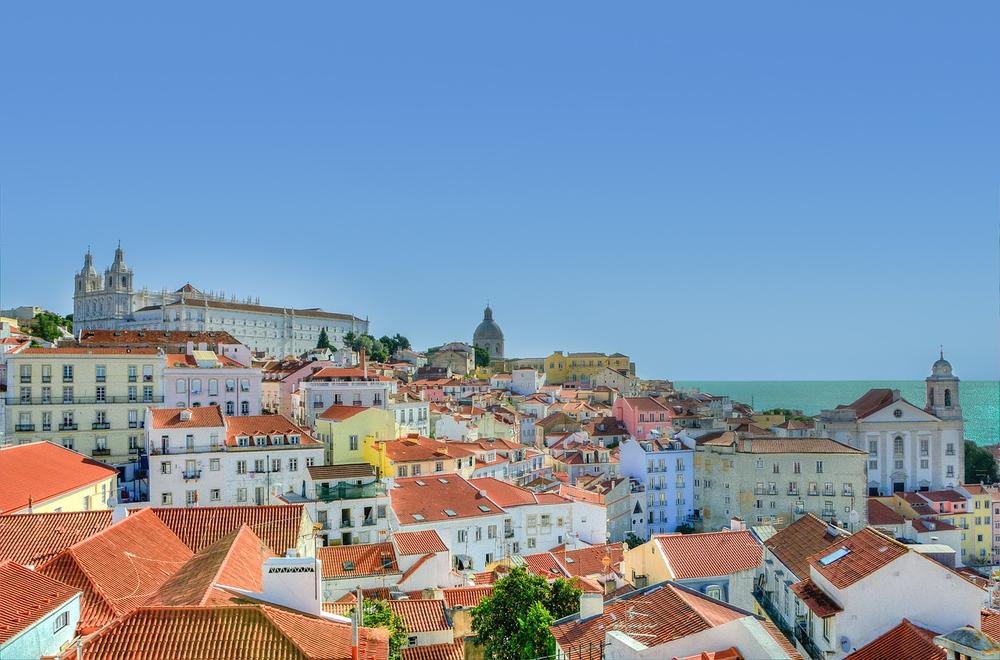
Lisbon’s response to the historic districts of other historic capital cities in Europe is the condensed small Alfama District. It is recognized as the oldest part of the city, much like the Forum of Rome, but this one dates back to the Moors of Africa rather than the rulers of Latium. One of the best things to do for tourists in the capital of Portugal is to explore the district’s maze of twisting streets and alleyways. Great buildings like the Lisbon Cathedral and chapels with tile facades can be seen on the corners as you go. Additionally, there are the remains of ancient city walls and numerous secret squares with outdoor cafes.
Wonder at the masterworks of the National Museum of Ancient Art
Portugal’s illustrious national art collection is housed in the National Museum of Ancient Art. The artwork in this collection ranges from chiaroscuro portraits by Josefa de Bidos to pious saintly renderings by Nuno Gonçalves. The majority of the canvases were created between the 16th and 19th centuries, and they were acquired by the public after the early modern era’s devastating Liberal Wars. Additionally, there are a ton of touring exhibits here that patrons may enjoy. Previous collections have featured artwork from the Age of Discovery as well as representations of Lisbon during the Renaissance.
Wonder at the Torre de Belém
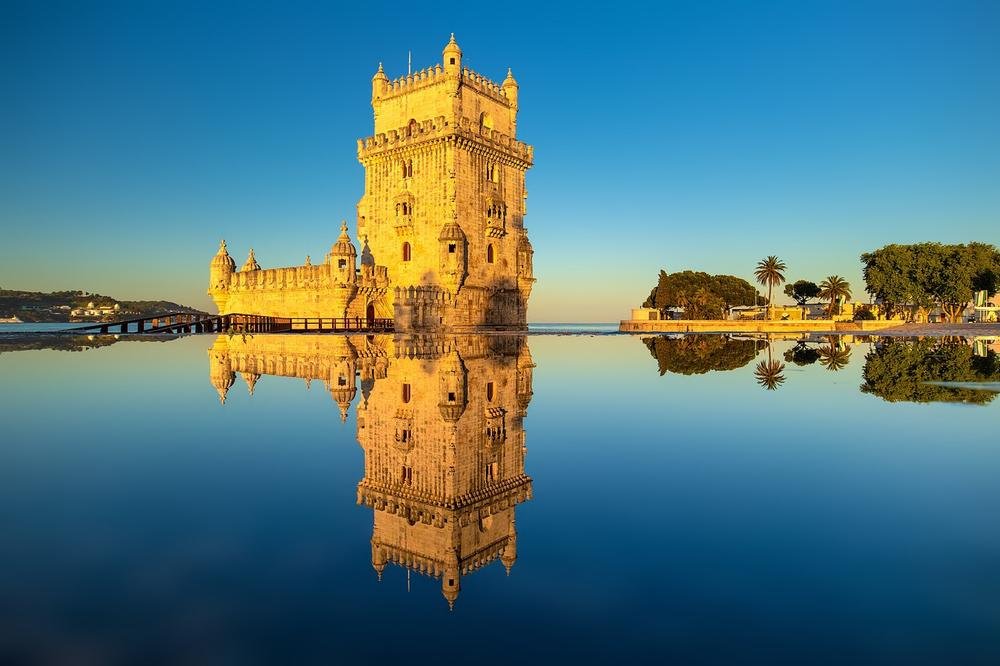
If you only visit one site while exploring the Portuguese capital, make it this one. This magnificent tower, which towers above the oceanfront of the Lisbon quays, exhibits a true synthesis of Gothic and Romanesque, as well as Mudejar and Moorish, architectural traditions. Since its construction in the 16th century, when Saint John served as its patron, it has kept watch over the Tagus River’s mouth. Since then, it has developed into what is arguably the most recognizable aspect of the city and is renowned for being the final sight that intrepid travellers like the wandering Vasco da Gama would have seen before vanishing into the great Atlantic Ocean.
Hop aboard the funiculars
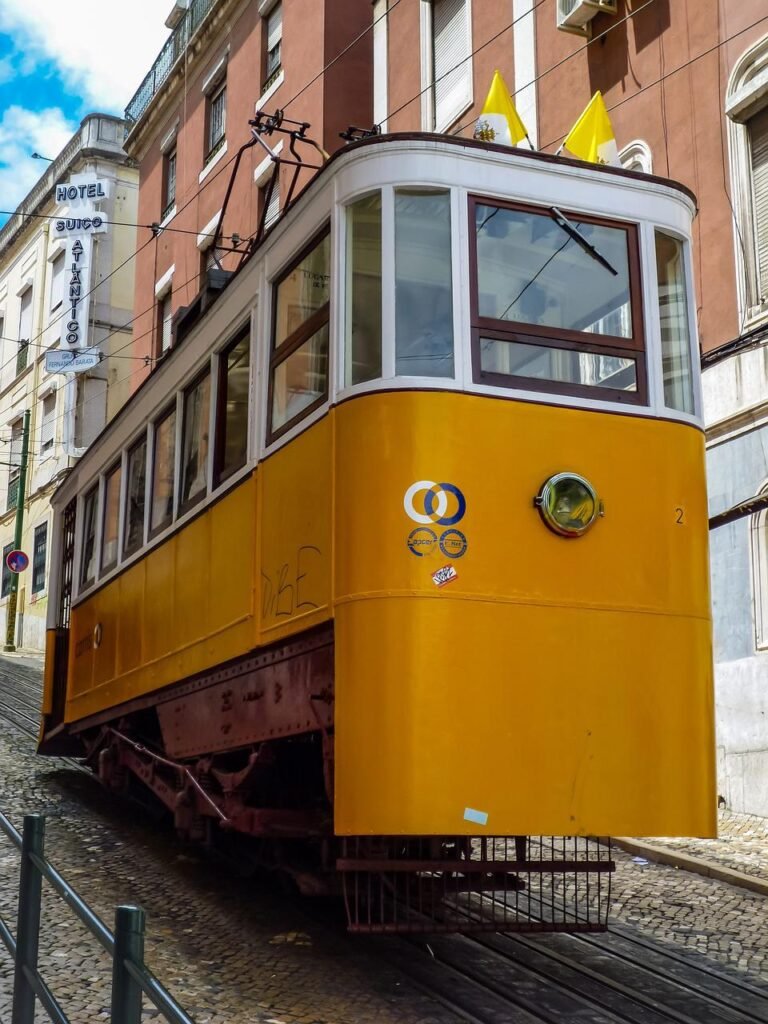
Lisbon was also erected on seven hills, like Rome. Unlike Rome, the city planners here developed a series of funicular railways to help with transport to and from the neighbourhoods above the city. Some of the tracks, like the historic Ascensor, do Lavra, which dates back to the late 1800s and has been given a national heritage title, are a true joy to ride on. Additionally, there is the Ascensor da Bica, which ascends the narrow cobblestone passageways off Largo do Calhariz. Not to be overlooked is the soaring Santa Justa Elevator, which transports passengers from Baixa to Carmo while providing panoramic views of the Lisbon downtown area.


